There is no denying there was a reasonable jump in the allocation to the Department of Agriculture, Food and the Marine in last week’s budget, with total spending rising from €1.85bn to €2.14bn, an increase of 15%.
However, there is a sting in the tail in how this increase in spending has been accounted for, and how it has been allocated.
Almost the entire increase in the budget for the Department has been found through larger allocations from once-off and emergency programmes. Payments under the Brexit Adjustment Reserve (BAR), Ukraine responses, and COVID-19 supports total €330m for 2023.
Smallest share
As we show in the Figure 1, without these payments agriculture would get its smallest share of the Government spending pie since at least 2011.
Due to changes in the structure of the Department, comparisons to earlier years are difficult, but it would probably be fair to say that excluding once-off payments, agriculture’s spending share in 2023 is the smallest in generations.
It might be tempting to say that the source of the funds doesn’t really matter, and what counts is that the spending is happening. This, however, is missing the bigger picture.
First, the reason that the Brexit, Ukraine and COVID-19 funds exist at all is because of the direct costs these crises have put on farmers.
Nobody can deny the huge increase in the cost of agricultural inputs since Russia’s invasion of Ukraine.
Brexit continues to be a drag on both sentiment and the outlook for Ireland’s ability to access the largest market for its farm produce and the hangover from COVID-19 restrictions on global supply chains is still causing some difficulties.
Basically, the money is there because it is needed.
Once, hopefully, the trident of crises pass, then there will no longer be any need for these payments.
And then the Department will find itself back looking at the core numbers which have fallen as a proportion of total Government spending for six straight years.
Looking at the Figure 2, there has been a clear relationship between the Department of Agriculture’s budget and the value of Irish food exports.
The ratio has been in the region of €8 of exports for every €1 of Department budget. While it would take some work to figure out which came first – the food exports, or the budget – the relationship between the two has been relatively stable for a decade.
Stong year
It has been a strong year for food exports, with latest CSO data for the first seven months showing total food and live animal exports running 20% ahead of the same period in 2021.
If that ratio was to hold for the rest of the year, we’d see the Department of Agriculture’s 2023 budget drop close to €1 for every €9 of food exports.
Should the 20% nominal growth in food exports be repeated in 2023 – which considering the path of inflation is not beyond the bounds of possibility – the ratio for core Department budget to food exports would approach only €1 for every €11 of food exports.
When questioned over the size of the Department’s budget, Minister for Agriculture Charlie McConalogue responded that it has been increasing every year and that it has increased again this year. He is completely correct on this.
The minister said to focus on the “bottom line” and that the focus should be on what is being done for farmers.
Unsustainable
As we have tried to show here, how the minister gets to the bottom line is very important.
Relying on once-off and emergency payments is not sustainable, and is not providing any fresh benefit to farmers.
Plus the increase in the budget, such as it is, is already falling well behind the growth in food exports.
Overall, close analysis of the numbers shows agriculture is falling down the list of Government priorities at a time when the industry faces huge challenges and opportunities.




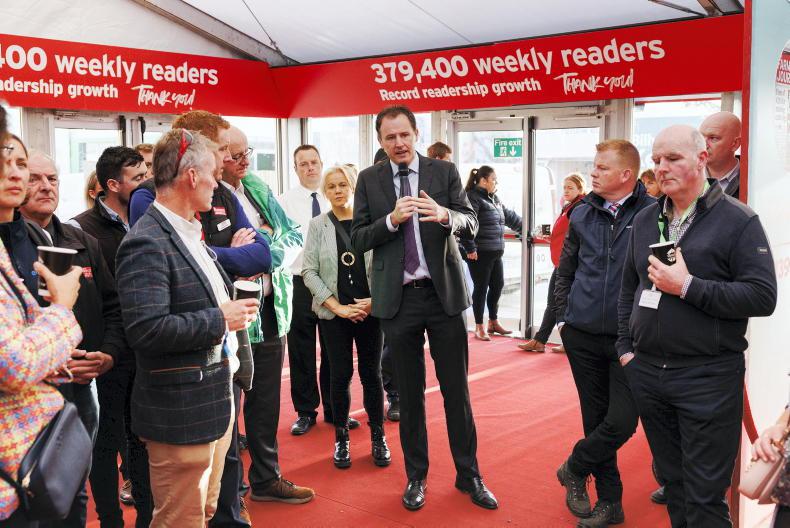
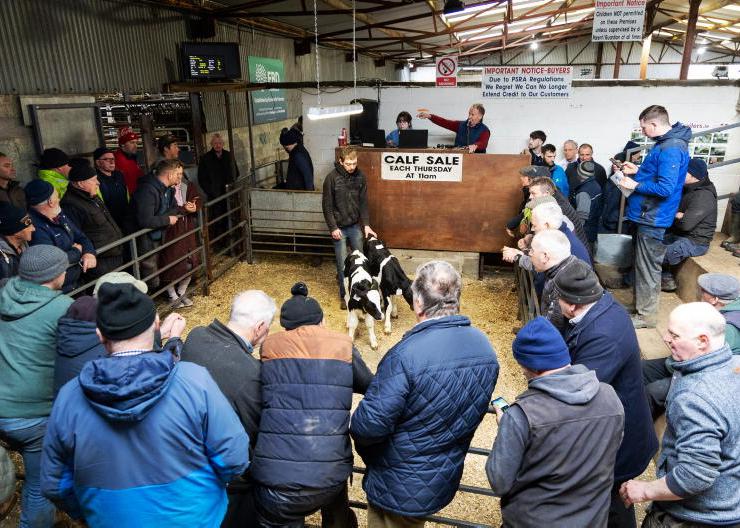

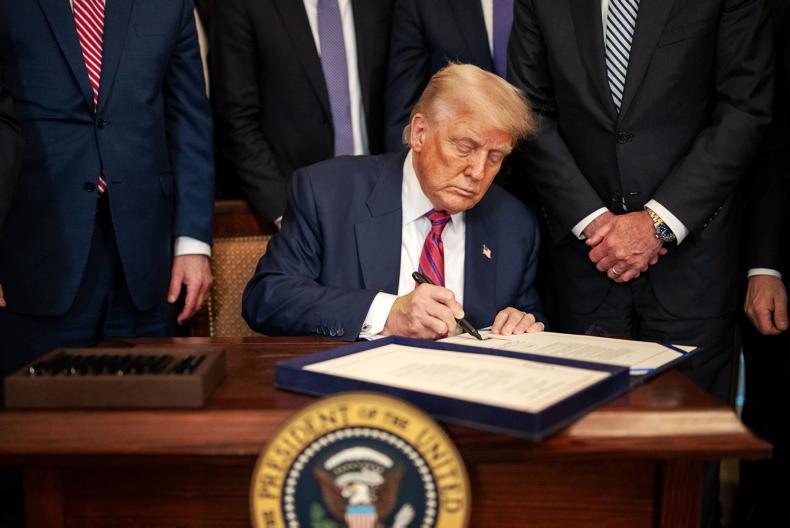
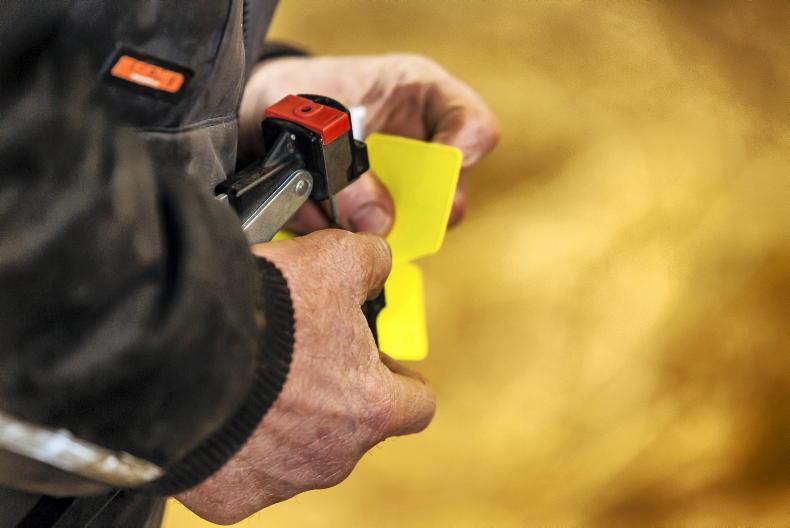
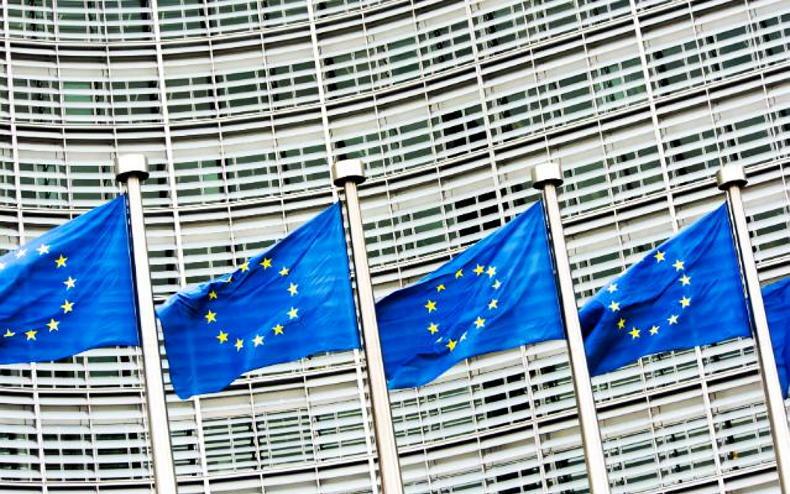
SHARING OPTIONS